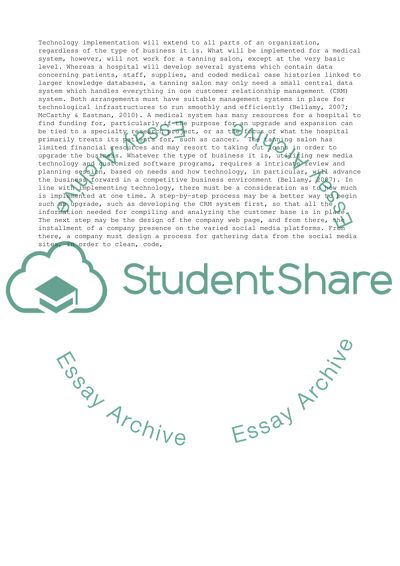Cite this document
(Strategic Management and the Implementation of New Technology Systems Coursework Example | Topics and Well Written Essays - 4750 words, n.d.)
Strategic Management and the Implementation of New Technology Systems Coursework Example | Topics and Well Written Essays - 4750 words. https://studentshare.org/management/1866698-environment-and-strategic-management
Strategic Management and the Implementation of New Technology Systems Coursework Example | Topics and Well Written Essays - 4750 words. https://studentshare.org/management/1866698-environment-and-strategic-management
(Strategic Management and the Implementation of New Technology Systems Coursework Example | Topics and Well Written Essays - 4750 Words)
Strategic Management and the Implementation of New Technology Systems Coursework Example | Topics and Well Written Essays - 4750 Words. https://studentshare.org/management/1866698-environment-and-strategic-management.
Strategic Management and the Implementation of New Technology Systems Coursework Example | Topics and Well Written Essays - 4750 Words. https://studentshare.org/management/1866698-environment-and-strategic-management.
“Strategic Management and the Implementation of New Technology Systems Coursework Example | Topics and Well Written Essays - 4750 Words”. https://studentshare.org/management/1866698-environment-and-strategic-management.


